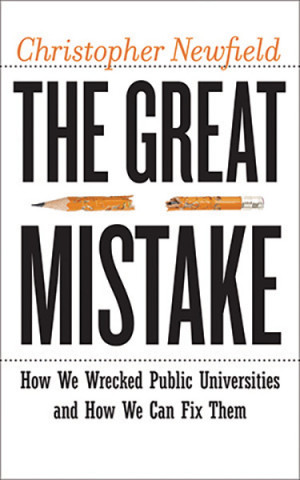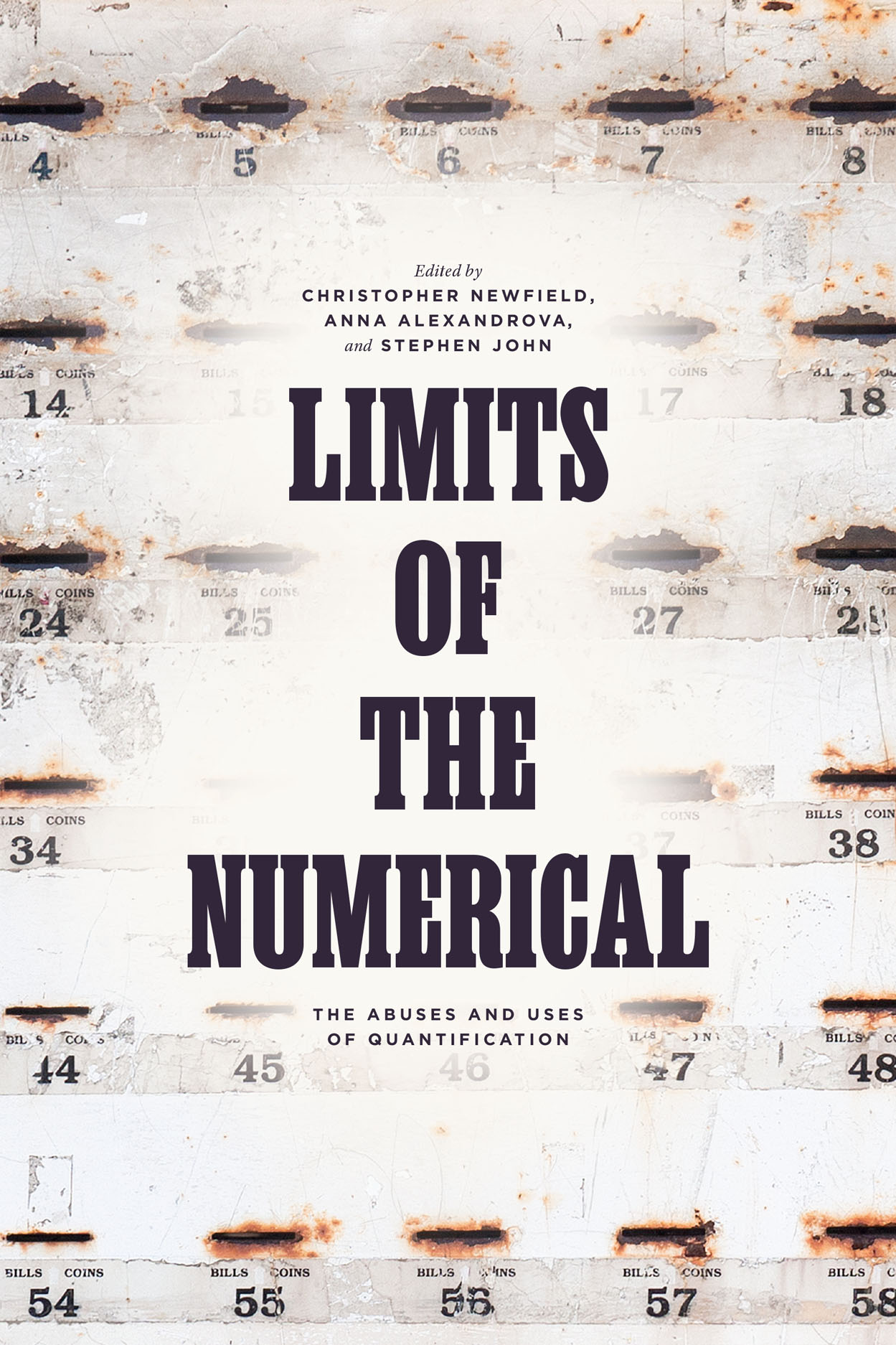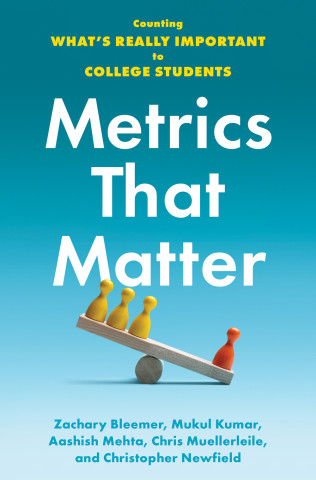By Vineeta Singh, Lemon Project Postdoctoral Fellow, Omohundro Institute, College of William & Mary.
This is the second in a series of talks from the MLA panel, "Race and Critical University Studies." The first was "Insurgent Genealogies."
In 2015, the University of Virginia’s “President’s Commission on Slavery and the University” established a multi-institution consortium of “Universities Studying Slavery,” (USS) to allow historians to collaborate on research and share best practices for attempts at reconciling institutional histories and institutional values.
In the last three years, the consortium has grown to include 38 universities in the U.S., Canada, and Britain. It is primarily an historical rather than literary or even interdisciplinary intellectual community. It is located squarely in the South, where the institutional reluctance and incapacity to address the already hypervisible histories of slavery and white supremacy more broadly have molded a very different “crisis consensus” than at the University of California and similar schools. Because of these divergent evolutions, USS work gives Critical University Studies other ways of approaching the presentism, exceptionalism, and focus on amelioration that CUS work is frequently charged with.
After finishing an Ethnic Studies dissertation studying the history of U.S. higher education as it reflects and intensifies the conditions of racial capitalism, I recently began a postdoctoral fellowship with The Lemon Project: A Journey of Reconciliation. This is the College of William & Mary’s initiative to study the university’s history with racial violence and to “rectify wrongs perpetrated against African Americans by William & Mary through action or inaction.” In learning with the Lemon team and other members of the USS Consortium, I have come to regard the practical and creative work of students, scholars, and activists working with such initiatives as a model for how to do a critical study of American higher education. The work is allowing us to address the color line as a central driving force in the history of U.S. higher education. It looks toward an immanent reconcilability of studies of race, racism, and racial capitalism in higher education with “critical studies about the casualization of academic labor, the privatization of the public university, and the uncertain future of U.S. higher education,” as Heather Steffen put it in the proposal for this panel.
The conflict between the study of CUS and of race might be boiled down to the hope, on the one hand, that the public research university is fundamentally a progressive good, whose expanding reach has or will index the growth of values consonant with social justice, potentially including the dismantling of white supremacy, heteropatriarchy etc.; and, on the other hand, the conviction that since the U.S. nation-state is a guarantor of white supremacist capitalism, its system of higher education, functions like all state apparatuses is a house where “only the most narrow parameters of change are possible and allowable.”
In my research and in my work with the Lemon Project I have joined a generation of Black Studies, Ethnic Studies, and American Studies scholars and historians who are attempting to work through this disconnect. Like the first generation of identity knowledge workers who brought identity knowledges into some kind of institutional relationship with the academy, our labors represent a kind of reconciliation--not the end of an antagonism, but its continuation by other means. Creating new, uncomfortable, and generative proximites, this reconciliation work has less to do with the affective labor of creating friendly relations and more to do with the institutional work of creating a shared political community for the perpetrators andi targets of crimes against humanity. Or better yet, for knowledge producers, it is akin to the accounting practice of ensuring that two sets of records are in agreement.
In general, universities have tried to reckon with their racist pasts through enrollment, historical study, memorialization, and of course reconciliation. Among the most inspiring successes are enrollment initiatives tailored for black students. For example, Rutgers and Georgetown are seeking to build recruitment relationships with descendant communities. Rutgers University’s Scarlet and Black Project’s historical study puts anti-black and settler violences squarely in the center of university history rather than, as in the past, seeing them as appendages or amendments to a history of great white men and families.
Some universities are also engaged in countercommemoration, in which they rename campus landmarks after the enslaved laborers who built them, or after black historical figures associated with campus space. This helps black students and other students of color see themselves not just as descendants of the disfranchised but as inheritors of radical traditions of resistance and study.
Notably, the Brown [University] Steering Committee was a direct result of a reparations debate. The same year Ruth Simmons became Brown’s president, conservative author David Horowitz published a full-page ad in student newspapers across the country including the Brown Daily Herald titled “Ten Ideas Why Reparations for Slavery is a Bad Idea—and Racist Too.” When the paper’s editors refused to print a retraction or relinquish the money the paper received for the ad (as student activists recommended), protestors “stole an entire day’s press run of the paper” (pages 58- 59). The steering committee’s final report notes that the “stolen” papers were actually returned, but also that the story of the “theft” appeared in newspapers across the country, casting the university as a poor defendant of “the free exchange of ideas” (ibid.) The following year, when a class-action lawsuit was brought against a cohort of private corporations built on profits from the slave trade, including FleetBoston bank, founded by the same family of brothers who endowed Brown University, and when think pieces like Harvard Law professor Charles Ogletree’s New York Times essay warned institutions like Brown, Yale, and Harvard to brace for a series of similar suits, Brown’s president Simmons convened the steering committee, in their words,“not [to] determine whether or how Brown might pay monetary reparations, nor… to forge a consensus on the reparations question. Its object, rather, was ‘to provide factual information and critical perspectives to deepen understanding’ and enrich debate on an issue that had aroused great public passion but little constructive public dialogue.”
The most visible of this work, however, is the focus on eliciting an official university apology—ostensibly, although evidently not always, as a prelude to a commitment to material investments; administratively, of course, the investment is in rehabilitating the image of the institution.
Although the USS consortium’s name implies a focus on the pre-1865 period, in practice its associated initiatives have used the hypervisibility of the slavery conversation to bring attention to racial formation, racial capitalism, and racialized violence more broadly.
The initiatives frequently cite Saidiya Hartman’s formulation of the afterlives of African chattel slavery to trigger a momentary removal of the veils of commodity fetishism and fiduciary responsibility, the justification used by, for instance, Jesuit priests selling 272 enslaved Americans to keep Georgetown University’s doors open in 1838. They ask, as the Working Group on Slavery, Memory, and Reconciliation at Georgetown does, how this historical “lack of moral imagination—the inability to see black human beings as deserving of equal dignity” persists in the present and in planning for the future.
By addressing the long history of the U.S. university as a crucial site in the creation and consolidation of American racial capitalism, such work overcomes the bias alleged to be at the heart of current CUS work. Partnering and collaborating with USS schools and scholars would help CUS practitioners do the same.
In doing so, Lemon-style initiatives also move against the tendency to treat the university as an exceptional site. The undergraduate class syllabi such initiatives inform connect the university’s slaveholding to its role in fomenting and maintaining Jim Crow segregation laws and norms off campus.
At William & Mary, student activists have further connected these conversations to the university’s ongoing use of prison labor. Their work underscores the continuity between African chattel slavery and contemporary mass incarceration and residential, educational, and occupational segregation, as well as workers’ rights and health inequity, as much on campus as off. In leveraging a crisis to create a coalition, such initiatives, mostly born of student, faculty, and community organizing, are another iteration of the kind of coalitional labor that has historically animated the fields of Ethnic Studies, Black Studies, Latinx, and Gender Studies. And they are a coalition that easily makes common cause with CUS’s wider concerns.
Amelioration, the desire to manage the effects of a crisis, rather than confronting its root causes, is important to the institutions sanctioning such initiatives. As they try to tidy up unsightly and embarrassing student protests into at least surveilable, if not exactly manageable initiatives, the frequent use of the appellation “project” (instead of center or institute) in their titles indexes an uneasy triangular relationship among an administration’s desire to be absolved of past wrongdoings, historians’ attempts to “narrow the range of permissible lies” an institution can tell about its own past, and the institution’s inability to reckon with the scale of the oppression in which it has been complicit (page 173).
Yet the persistence of the scholars tasked with these efforts of memory, repentance, reconciliation, healing, and redress, speaks to their personal and collective investments in making possible another university. They also provide an intellectual community for people like Professor Hilary Green, an historian working at the University of Alabama, who single-handedly researched, designed, and implemented an alternate campus tour highlighting the presence of enslaved laborers and craftsmen on campus. Green has personally given her Hallowed Grounds tour to over three thousand visitors and students, and last year, along with earning tenure, received funds to hire student workers to expand its reach.
Green’s work is, frankly, a personal inspiration, and a model of the kind of reconciliation I envision for students of CUS and racial capitalism: it begins with a confrontational practice that forces students and visitors to recognize the racial violence embedded in the campus landscape. Rather than waiting for institutional or disciplinary approval, Green has been reconciling the institution’s accounts with local common senses about the predatory relationship between the academy and communities of color. She is now also able to use university resources to further her transformative work.
This is also a core tenet of the interdisciplinary identity knowledge formations: to refuse the positioning of racial violence as an aberration in the history of the United States or of capitalism, and to place it at the center of these narratives. One effect is that the narratives have to re-articulate their own objects. Another is that the rest of the campus so-called community builds “racial stamina”—the capacity to engage in meaningful dialogue about systemic racism.
In situating racial violence as a constitutive element of institutional histories, such projects keep the campus in a generative state of crisis. This creates the possibility to answer the call for imaginative scholarly coalitional work.. I’m thinking in particular of Roderick Ferguson’s The Reorder of Things, which shifts our focus away from grand revolutionary narratives (or even the heroic model of grant-writing templates) and towards “the small things” that can enact critical forms of community—forms that make minoritized subjects agents rather than silent objects of knowledge.
Something Missing? - Part 2
15 hours ago





1 comments:
Rather than waiting for institutional or disciplinary approval, Green has been reconciling the institution’s accounts with local common senses about the predatory relationship between the academy and communities of color. She is now also able to use university resources to further her transformative work. 312-50v10 dumps
Join the Conversation
Note: Firefox is occasionally incompatible with our comments section. We apologize for the inconvenience.